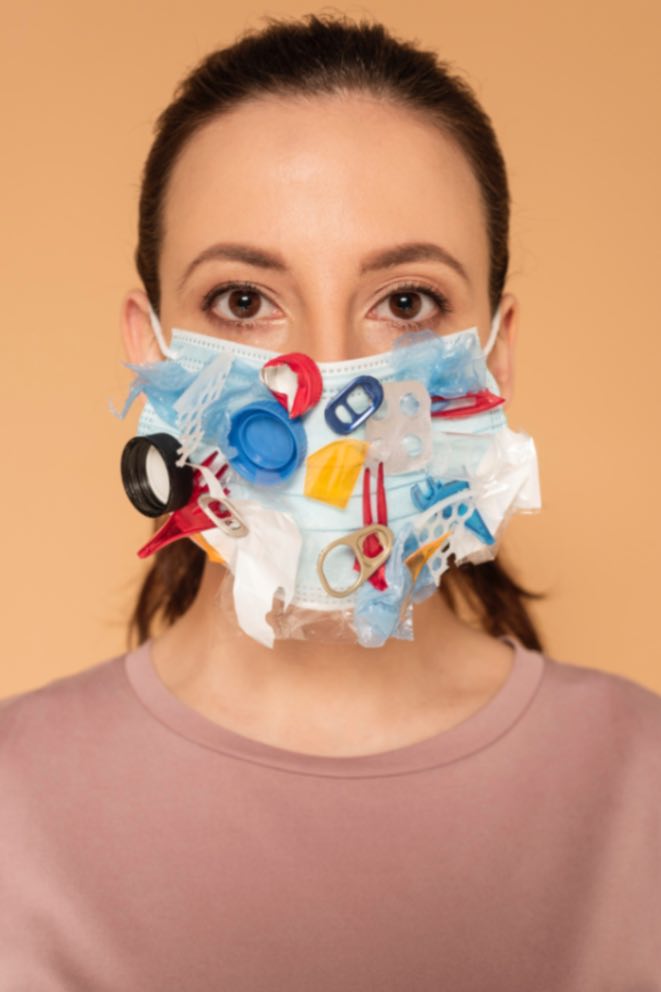Key Points
- Heart disease patients who had microplastics or nanoplastics (MNPs) in their blood vessels were twice as likely to have a stroke or heart attack over the next three years according to a new study in the New England Journal of Medicine.
- The study measured microplastics in the blood vessels on either side of the neck, called the carotid arteries. These arteries bring blood from the heart to the brain and head.
- These patients were also more likely to die of any cause over the next three years than people who did not have the tiny pieces of plastic in their arteries.
What are nanoplastics and microplastics?
Microplastics and nanoplastics are both tiny fragments of plastic which just differ in size.
Microplastics are small plastic pieces less than 5 millimeters (mm) long, about the size of a small paper clip.
Nanoplastics are less than 1 micrometer – to compare, a human hair is about 70 micrometers in diameter.
Microplastics have been found all over the world, in the oceans and even in the clouds.
Effects on Human Health
“To date, our study is the first that associated plastic contamination with human diseases,” said Raffaele Marfella, lead author of the study published Wednesday in the New England Journal of Medicine.
Nanoplastics are the most dangerous plastics for people because they are small enough to get into living cells. The tiny pieces of plastic and travel though the tissues of the digestive tract or lungs into the blood.
Results from a recent study suggest that MNP exposure can lead to physical stress, cell damage, and inflammation.
Plastic Is Forever
Plastic does not decompose like food or paper. It never disappears completely. The pieces just become smaller and smaller.
At this point, every piece of plastic ever made still exists on the earth.
How To Reduce Exposure
- Dust and vacuum regularly to help cut down on the amount of microplastic fibers you could be breathing in.
- Avoid drinking from disposable plastic water bottles. If you must use them, keep them out of the sun. Disposable plastic water bottles degrade easily at higher temperatures.
- Use biodegradable materials when possible.
- Avoid plastic cutting boards. There are plenty of alternatives to use, like wood, glass and steel.
- Store and microwave your food in glass containers, instead of plastic or takeout containers, which can release millions of microplastic particles into your food.
- Choose natural fibers over synthetic ones whenever you can. Laundry water is one of the earth’s largest sources of microplastic pollution.
Sources of Primary and Secondary Microplastics
Image Credit: EncounterEdu
More Information
For more ideas about how to lower exposure to plastics in everyday life, check out the sites below.

Thank you, You will be automatically subscribed to the our newsletter.